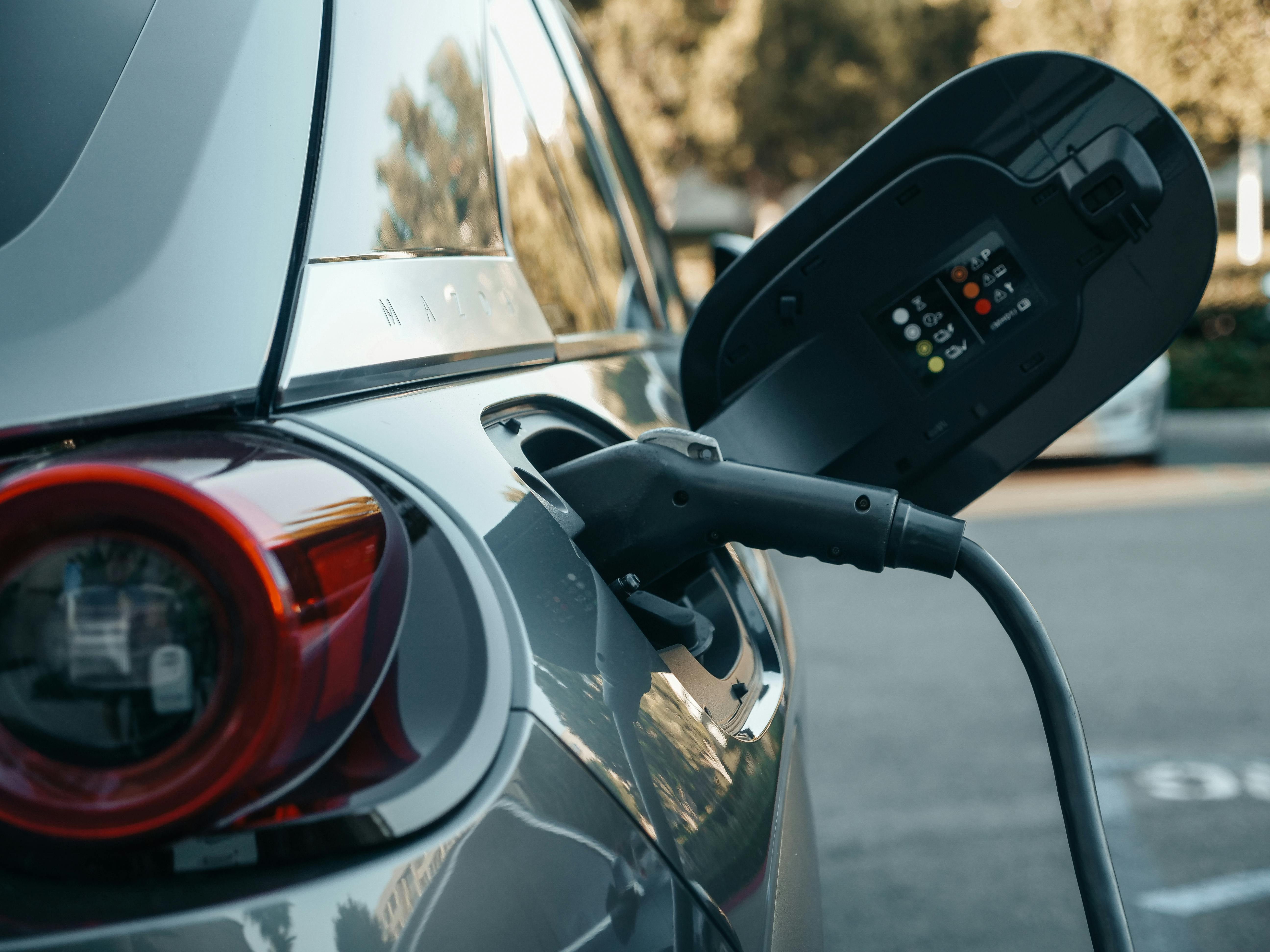Charge Point: Guide to Home EV Charging and Practical Costs
ChargePoint is a widely known network and manufacturer of electric vehicle charging hardware and software, with products aimed at home and public charging. For homeowners, ChargePoint’s home chargers and similar Level 2 devices increase charging speed compared with a standard outlet, offer app-based scheduling and monitoring, and require an appropriate electrical circuit and often professional installation. This article explains how ChargePoint-style systems work, compatibility, cable and connector considerations, home charging setup, and real-world cost guidance.

EV charger features and what to expect
ChargePoint home EV chargers are Level 2 (240 V) devices that speed up charging compared with typical 120 V outlets. Common features include adjustable amperage to match your home circuit, Wi‑Fi or Bluetooth connectivity for scheduling and energy monitoring, smartphone apps for session control, and safety protections such as ground-fault detection. Some units are weather-resistant for garage or outdoor mounting. When choosing an EV charger, consider power rating (amps), smart features you’ll use, and whether the unit supports firmware updates.
electric vehicle compatibility
Most Level 2 chargers, including ChargePoint models, use the SAE J1772 connector standard, which is compatible with nearly all plug‑in hybrid and battery electric vehicles except Tesla models. Tesla vehicles can use a J1772 adapter that Tesla supplies or be connected directly to a Tesla Wall Connector. If you own an electric vehicle from multiple brands or plan to change cars, choosing a J1772-compatible charger maximizes compatibility. Also check your vehicle’s onboard charger rating to understand the maximum AC charging rate your car can accept.
home charging setup and installation basics
Home charging typically requires mounting the charger on a wall or pedestal and connecting it to a dedicated circuit from your electrical panel. Many homes need a 40–60 amp circuit for full Level 2 performance, and an electrician will evaluate wiring capacity, run conduit if needed, and secure permits. Placement should minimize cable trip hazards and allow the cable to reach the vehicle comfortably. Smart chargers can be set to charge during cheaper rate periods if your utility offers time-of-use billing, helping to manage ongoing energy costs.
cable and connector considerations
The cable length and connector type affect convenience and compatibility. Typical home EV charging cables range from 15 to 25 feet. A longer cable offers flexibility in parking positions but can be heavier and cost more. The connector usually locks into the vehicle during charging for safety; check whether the charger’s cable is tethered (permanently attached) or if the unit uses a detachable cable. Tethered units are simpler to use, while untethered units make it easier to replace or upgrade the cable independently.
costs and pricing — real-world insights
Understanding costs involves equipment price, installation, and ongoing electricity expense. Equipment for Level 2 home chargers commonly ranges several hundred dollars; installation varies with existing electrical capacity, distance to the panel, and permit needs. Electrician labor and potential panel upgrades can be the largest variable, sometimes exceeding the charger cost. Electricity cost per kWh determines per‑mile fueling cost and depends on local utility rates and any time-of-use plan you can enroll in. Incentives or rebates from utilities and governments can reduce out‑of‑pocket costs in some regions.
| Product/Service | Provider | Cost Estimation |
|---|---|---|
| Home Flex (Level 2) | ChargePoint | $600–$900 (equipment) |
| Wall Connector (Level 2) | Tesla | $350–$600 (equipment) |
| JuiceBox 40 (Level 2) | Enel X / JuiceBox | $500–$800 (equipment) |
| Pulsar Plus (Level 2) | Wallbox | $500–$750 (equipment) |
| VersiCharge (Level 2) | Siemens | $450–$700 (equipment) |
Prices, rates, or cost estimates mentioned in this article are based on the latest available information but may change over time. Independent research is advised before making financial decisions.
Conclusion
ChargePoint-style home EV chargers provide faster, smarter charging than a standard outlet and can integrate with vehicle and utility schedules. Key decisions include checking vehicle compatibility, selecting the appropriate cable length and connector style, and budgeting for installation and electricity use. Comparing equipment features alongside realistic installation estimates and local incentives will give the clearest picture of total cost and suitability for home charging in your area.





